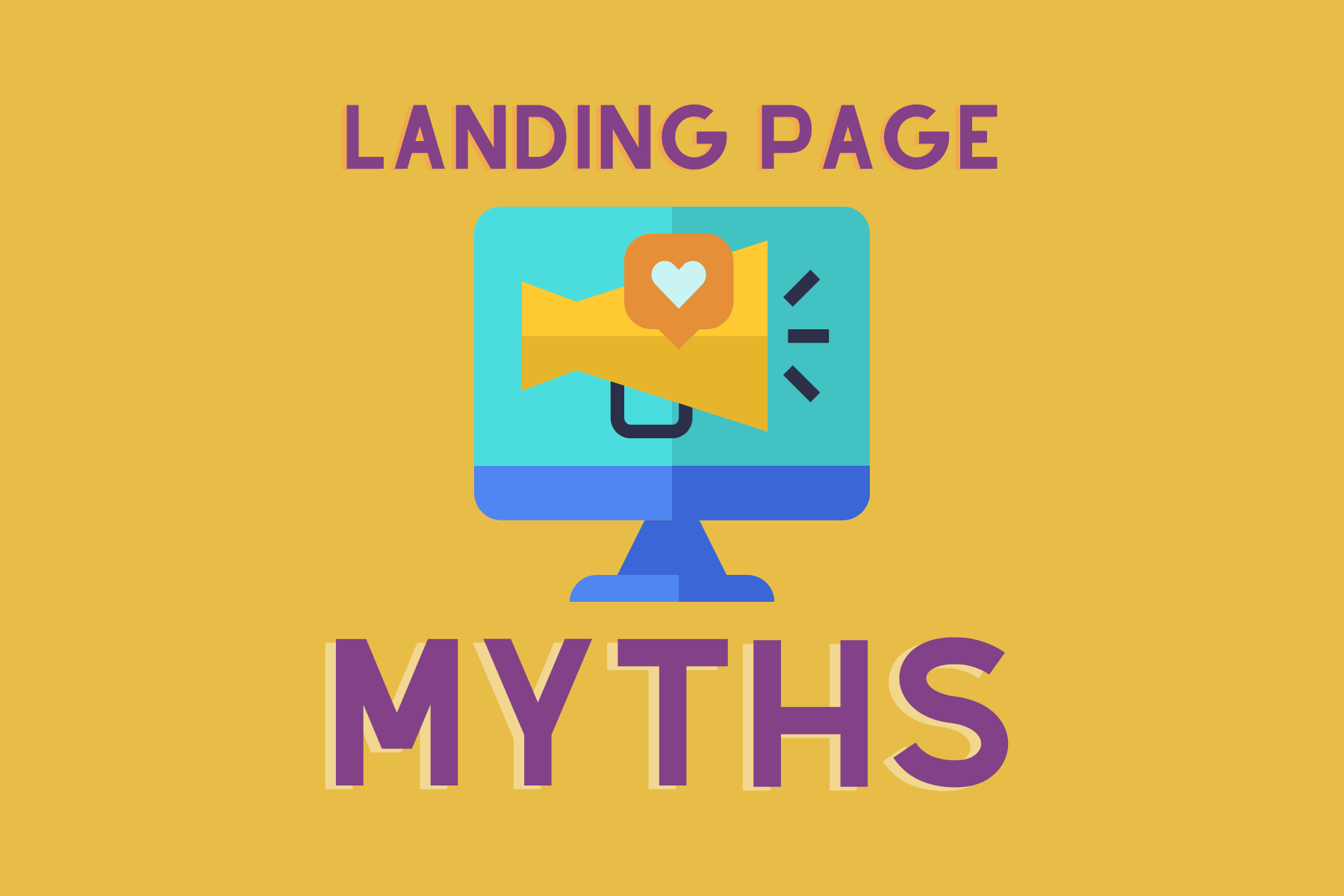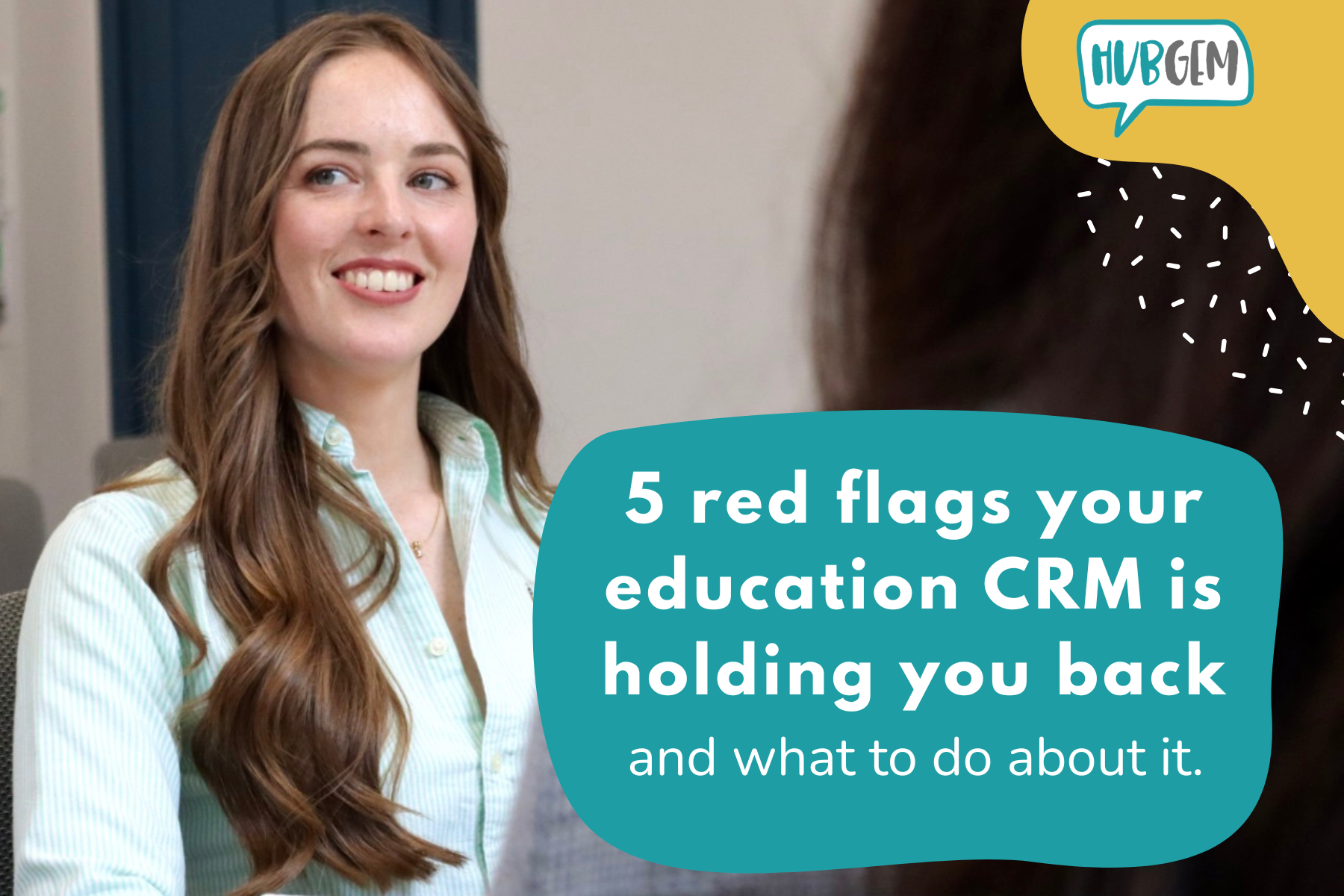Landing pages - you know they are important for converting website visitors into leads... here's a few landing page tips & myths we want to help debunk for education marketers.
Myth 1 - Landing pages are not necessary for schools and colleges
So many schools and colleges are missing huge opportunities for lead generation by not having effective landing pages on their websites. We hear lots of reasons for this, but mostly it comes down to:
- "We don't have any content offers"
- "We don't have a central place to manage contacts who come to us via a form submissions"
- "We focus on 'bottom of the funnel'/getting people to apply"
Firstly, education is a wealth of content opportunities! From newsletters to videos of school life, virtual tours to prospectus downloads, study guides to options booklets, open event sign ups to revision checklists. Each of these can be a chance to capture leads and move them through your funnel.
If you don't have a CRM to handle your prospect data for leads that come in via your website, consider exploring HubSpot as a full solution for all of your marketing and admissions efforts. Find out more about HubSpot for education.
And on the final point, this is one we see a lot, a website full of call-to-actions for a visitor to 'apply now' or 'book a visit'. These are of course important, but focus on the middle and bottom parts of the funnel, missing lots of valuable opportunities. Find out more about providing value at every stage of your admissions funnel.
Myth 2 - Landing page copy should always be short
There's no right length of landing page copy. It needs to be the right length to cover whatever it is you are talking about in enough detail to convert visitors into leads by completing the form on the page.
If your form requires prospects sharing lots of information (for example an application forms) then more information will be important. For simple content offers like prospectus downloads or subscribing to a newsletter, you probably don't need much copy on your landing page.
The same goes for forms - to generate more leads at the top of the funnel, you would benefit from more short forms. Use longer forms to qualify leads and as you get the bottom of your admissions funnel, your prospects will be happy to complete more lengthy forms (like at application).
Always monitor the impact your landing pages are having on conversions, if something is not working as you had hoped, try something else!
Myth 3 - You only need one or two pages
We see this lots in education, schools and colleges who only have landing pages for 'contact us' and 'sign up for our open day'. If you only have a couple of landing pages then you are missing out on traffic and lead capture opportunities which will impact your student recruitment efforts.
Every landing page you create is a new opportunity for you to drive traffic to your site from Google and social platforms. The better your ranking on search engines and the more referrals your landing page has, the more opportunities you will get to drive more conversions.
Remember that every conversion aims to drive prospects through a journey with you. So you could have landing pages for downloadable content like revision guides, for booking meetings with your admissions team and arranging a visit of your campus.
Learn more in our free eBook: 'The Beginner's Guide to Generating Inbound Leads in Education' (and enjoy our landing page whilst you're there!)
Myth 4 - A landing page needs all conversion elements at the top
In the past people believed that all of the important content on your landing page must be 'above the fold' or at the top of your page, apparently prospects would not bother to scroll to find crucial information lower down the page.
Lots of people believe that all of the important content on your landing page should appear above the fold -- supposedly, people won't scroll to fill out the form or find out more crucial information about what lies behind the form.
However, research has shown that when people are motivated to convert on a web page, they do so regardless of where the call-to-action button is. The research also showed that the biggest influence on conversions is compelling copy - so don't get too hung up on placing everything at the top of the page.
Myth 5 - Conversion rate is the most important metric
A landing page acts as a prospect's stepping stone from being a stranger to a lead. Remember your ultimate goal is not just getting someone to fill in a form to download a prospectus, you hope that longer term this will convert into an enrolment to your school or college.
Don't just look at how many leads converted on that particular landing page or form, you need to also consider what happened next. What percentage of those leads went on to become enrolments?
Myth 6 - Once built, leave your landing page alone to do its thing
Ongoing testing of your landing pages is key. (Test, test, test, test, TEST!) There will nearly always be ways to improve your landing pages with small adjustments. Landing pages should form a key element of your marketing and lead generation strategies, make sure they are performing for you by running A/B tests often to measure success.
You could probably guess this last myth from one piece of advice I've repeated over and over throughout this post: Test your landing pages. There are almost always ways you can tweak and improve them. If you build them and leave them alone, you're losing out on valuable conversions. Landing pages support the backbone of your marketing funnel -- so make sure you're getting the most you can out of them by running A/B tests often.
Working on your lead capture and conversion strategy?
We can help.
Book a free consultation using the button below. Also, check out our free Inbound Marketing Toolkit.
.png?width=150&height=101&name=HUBGEM%20Logo%20-%20smaller%20logo%20(1000%20x%20673).png)



.png)
%20-%20AB%20testing%20on%20emails%20and%20ads.png)

%20-%20Marketing%20studio%20analytics.png)
